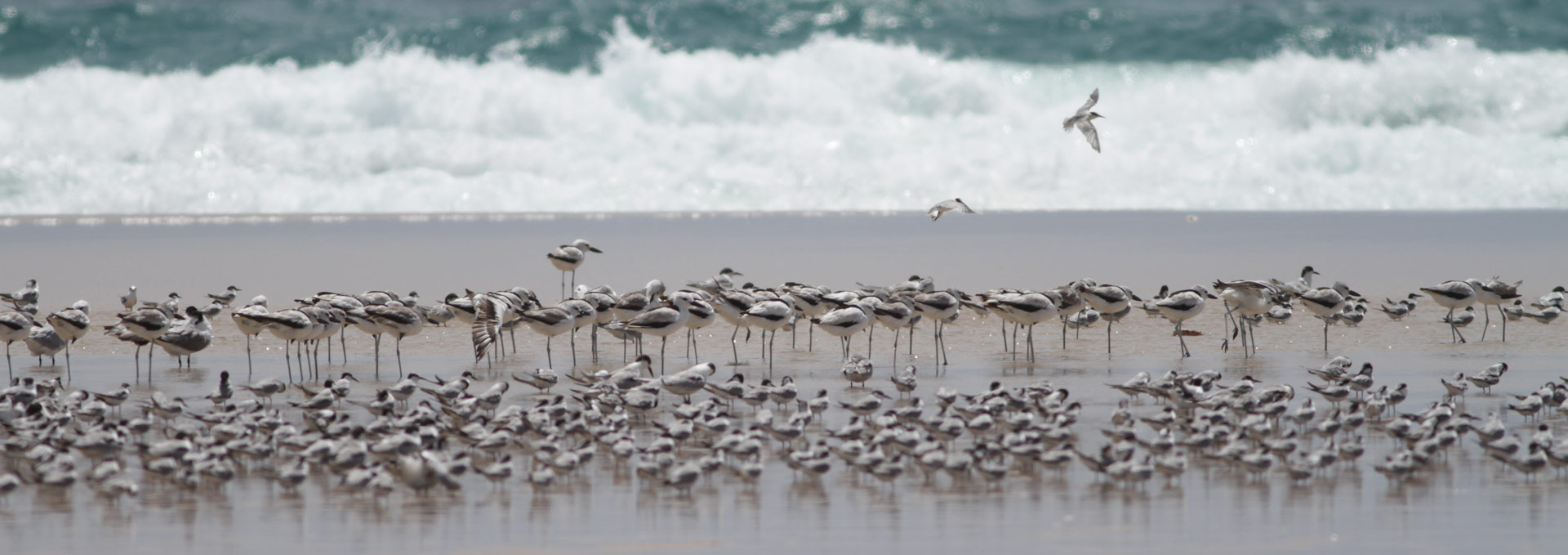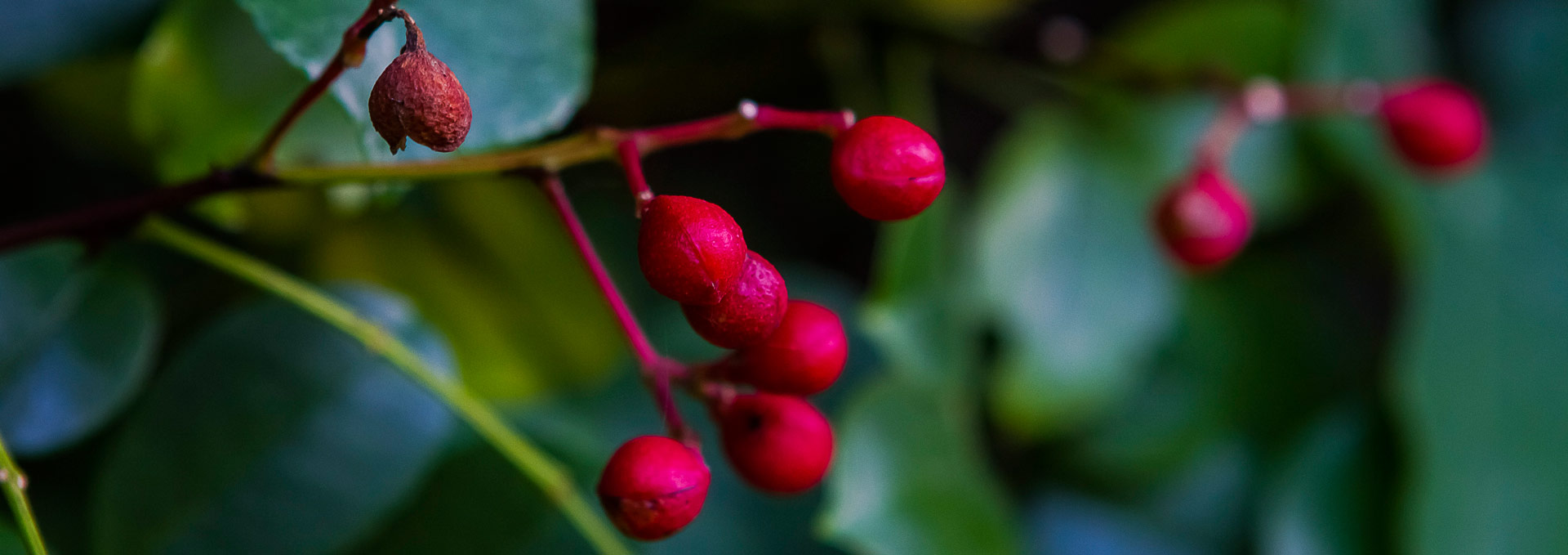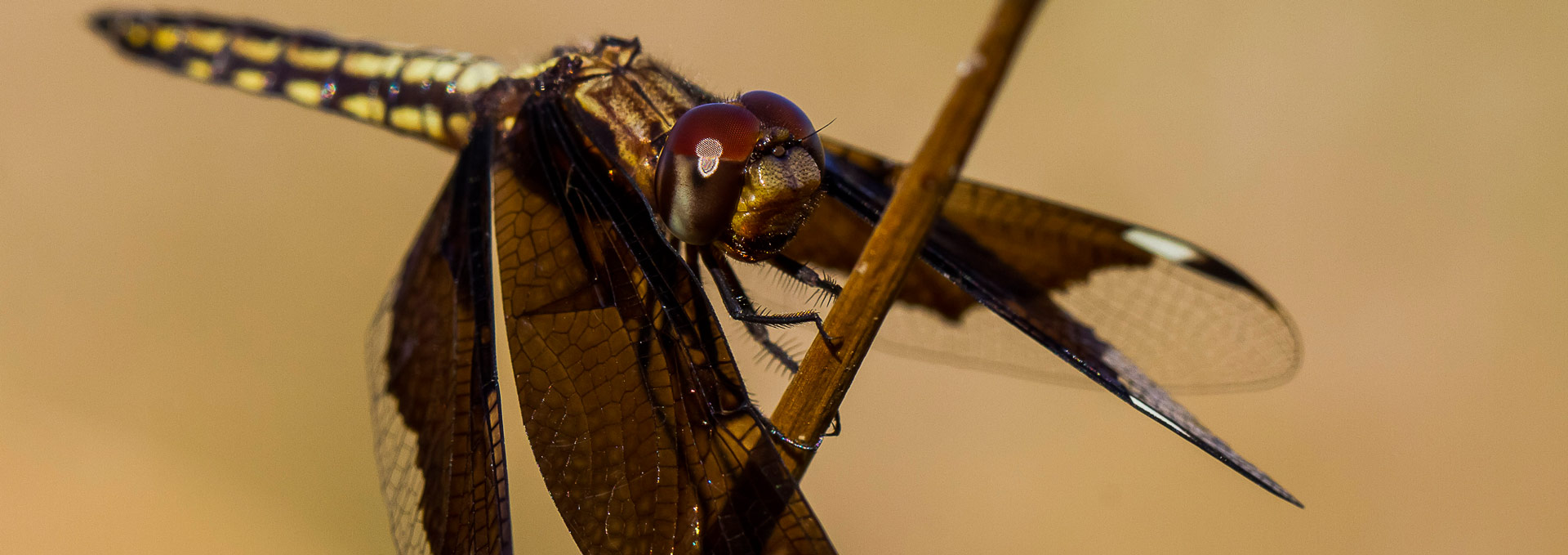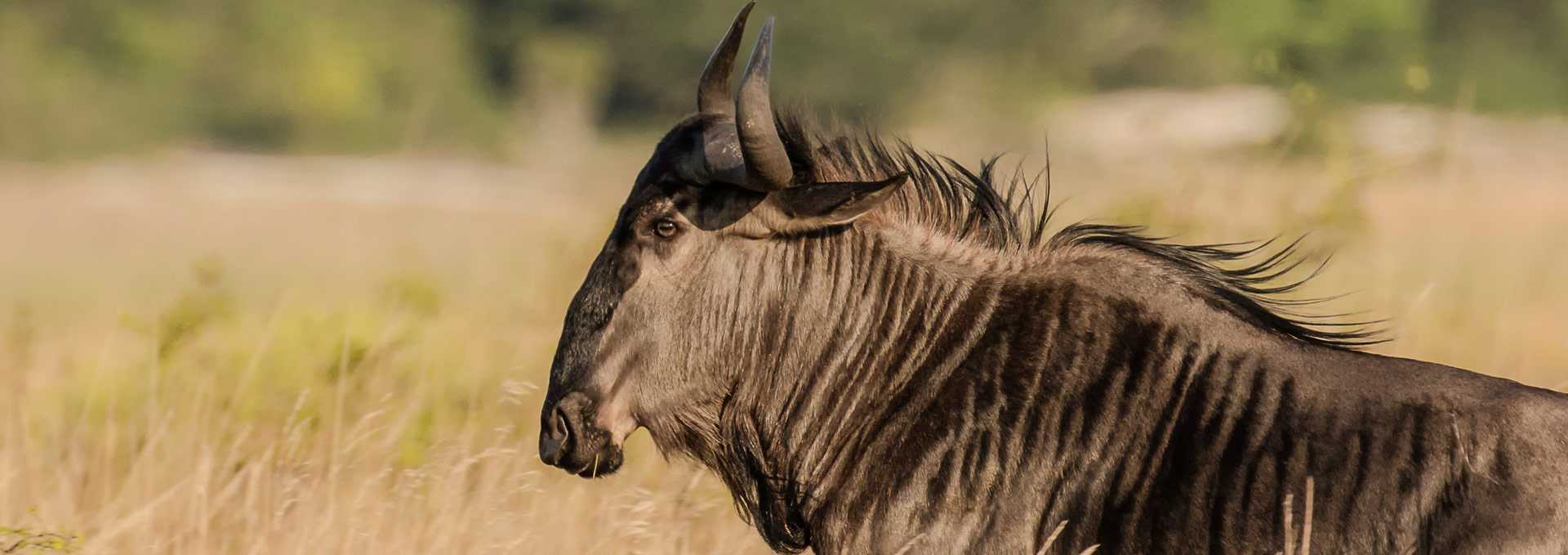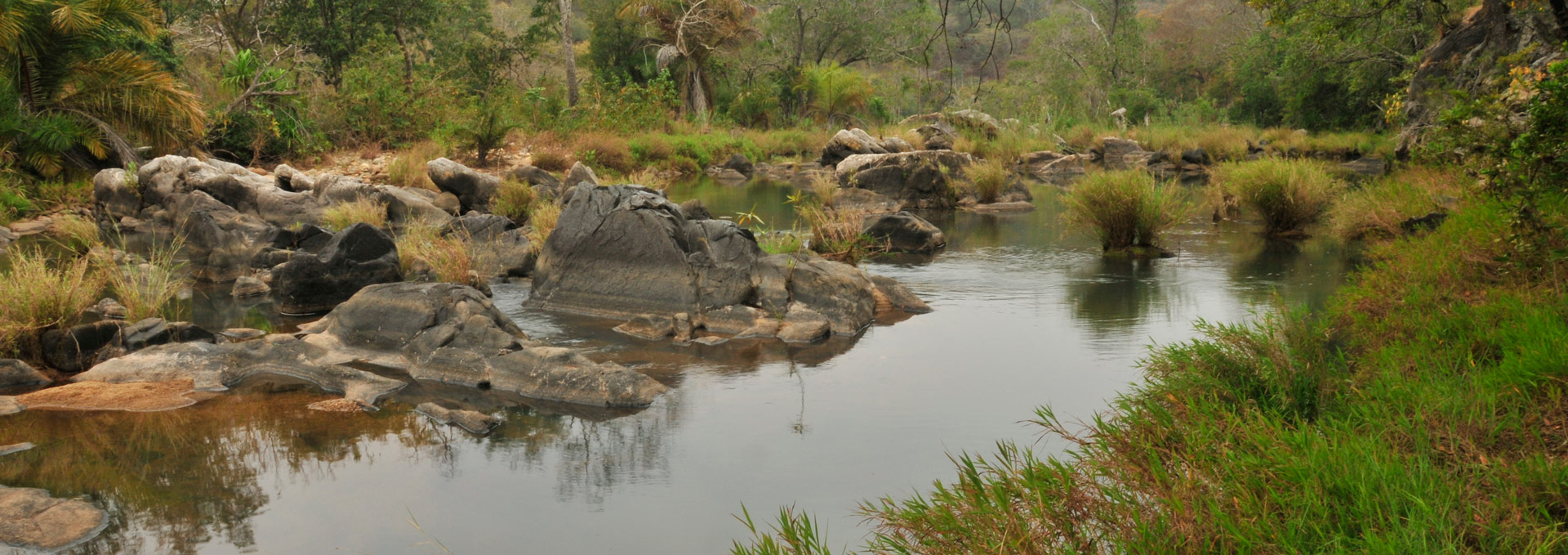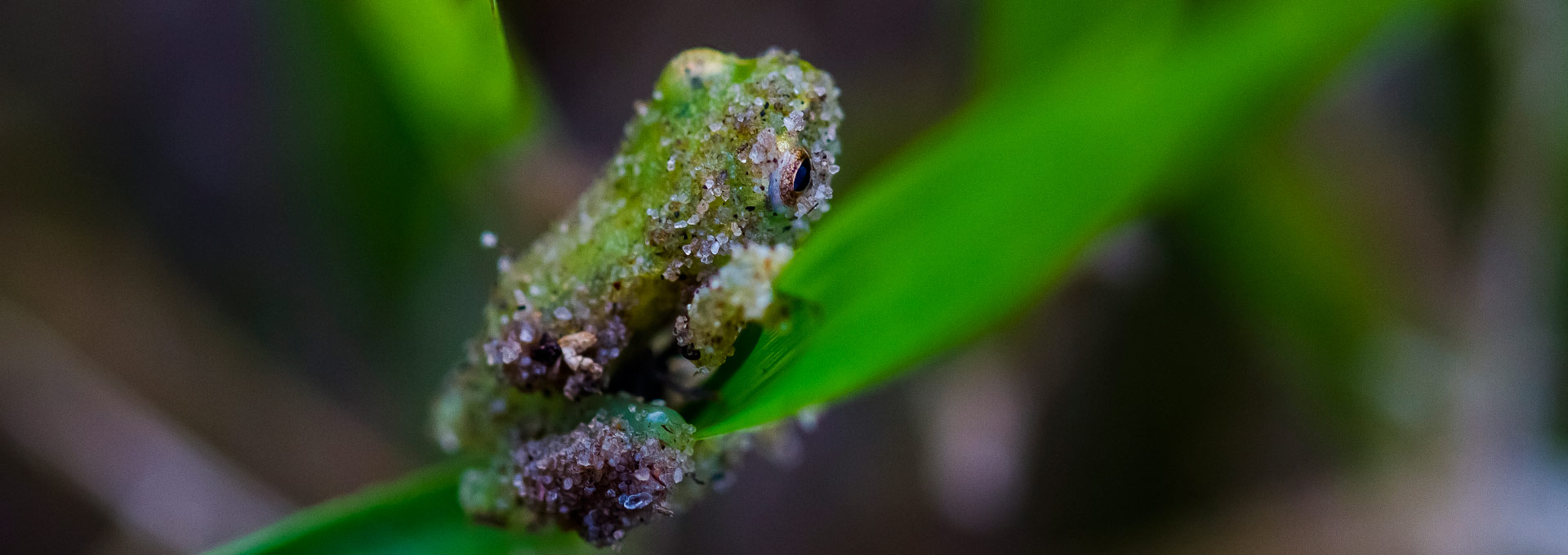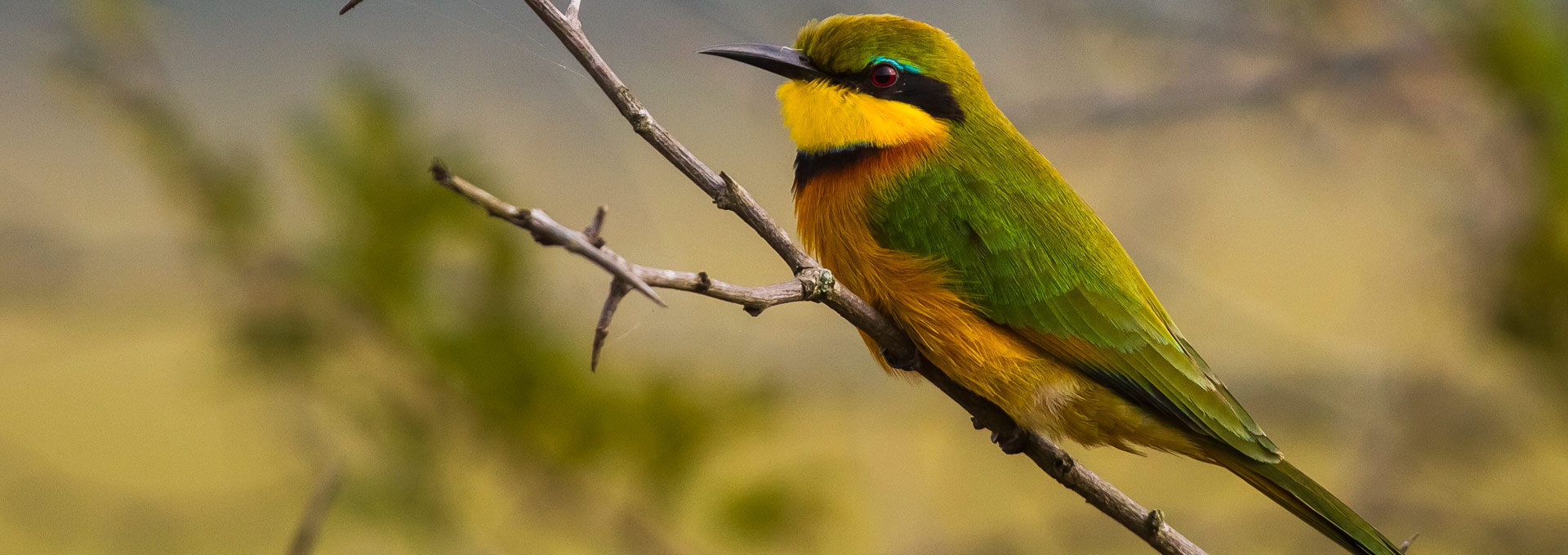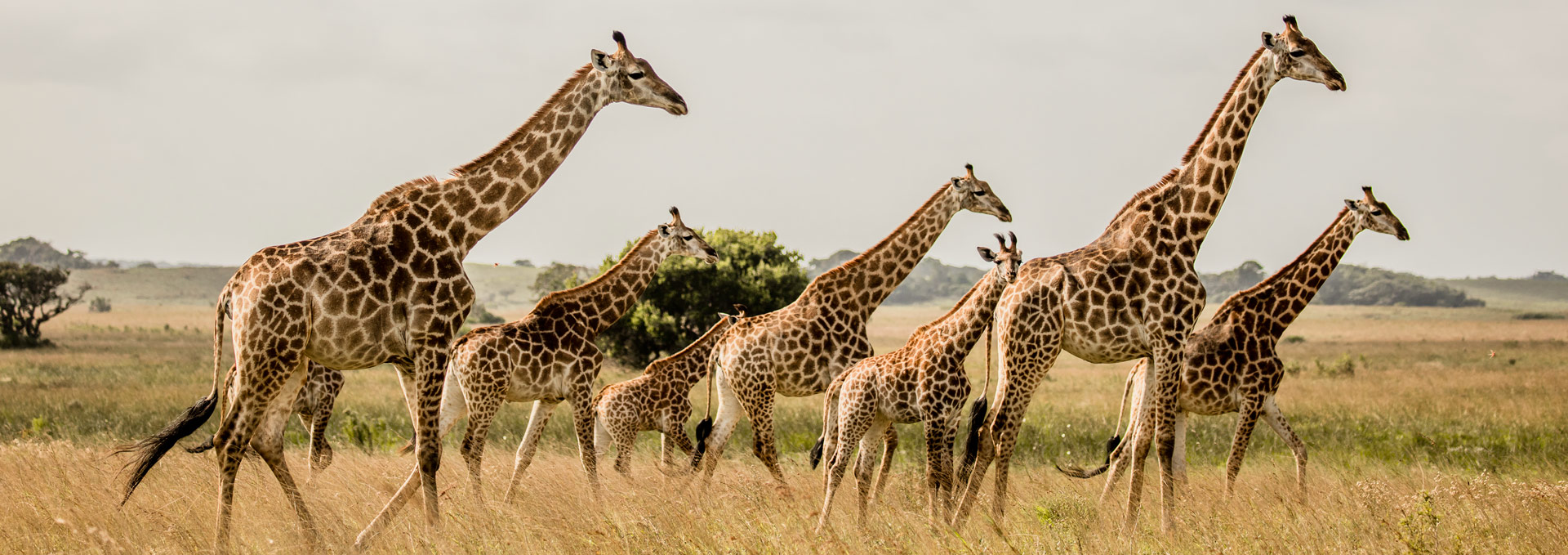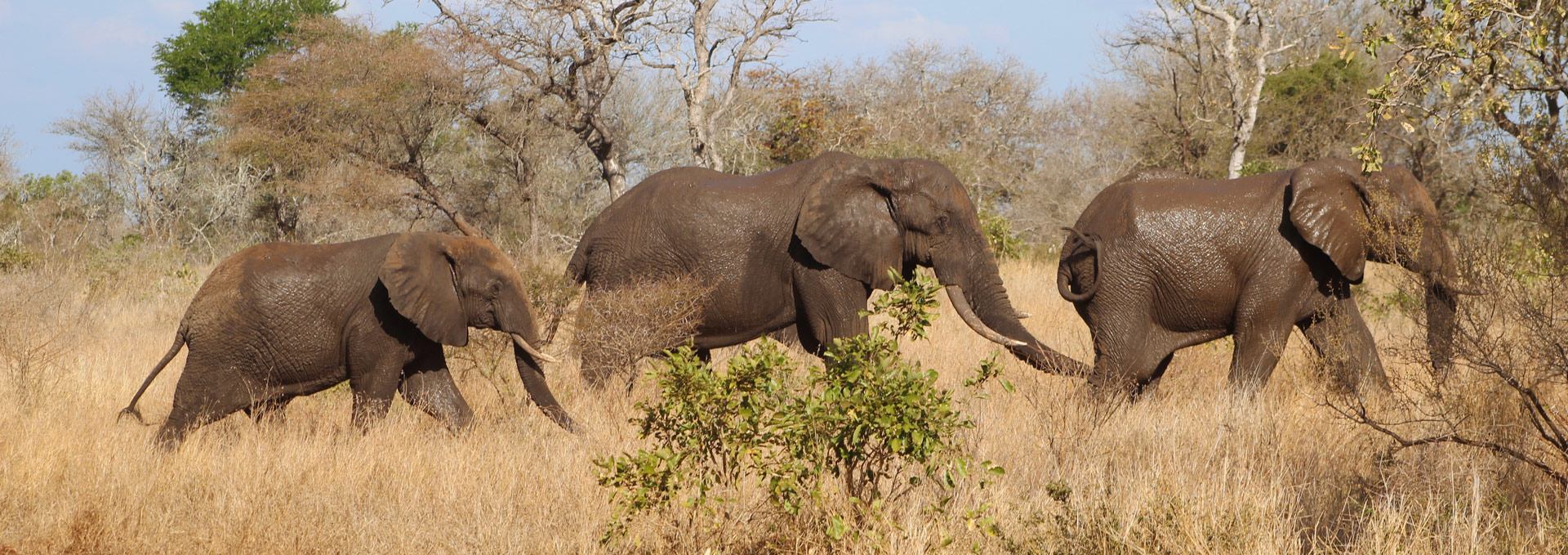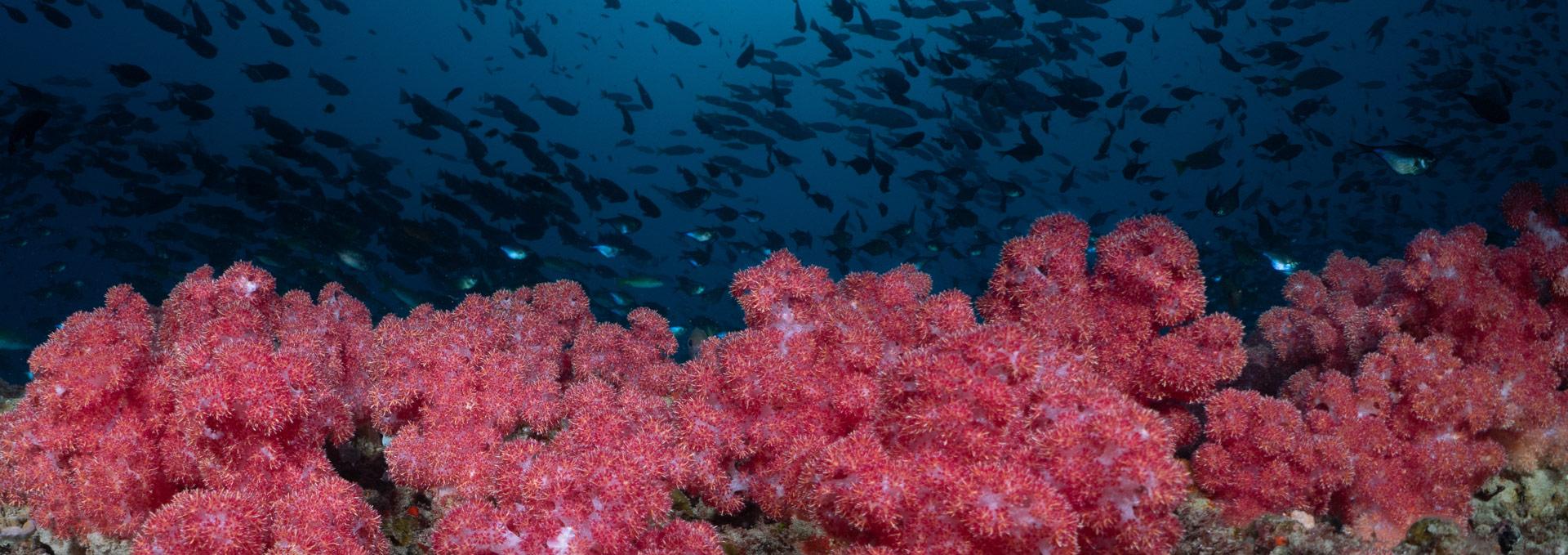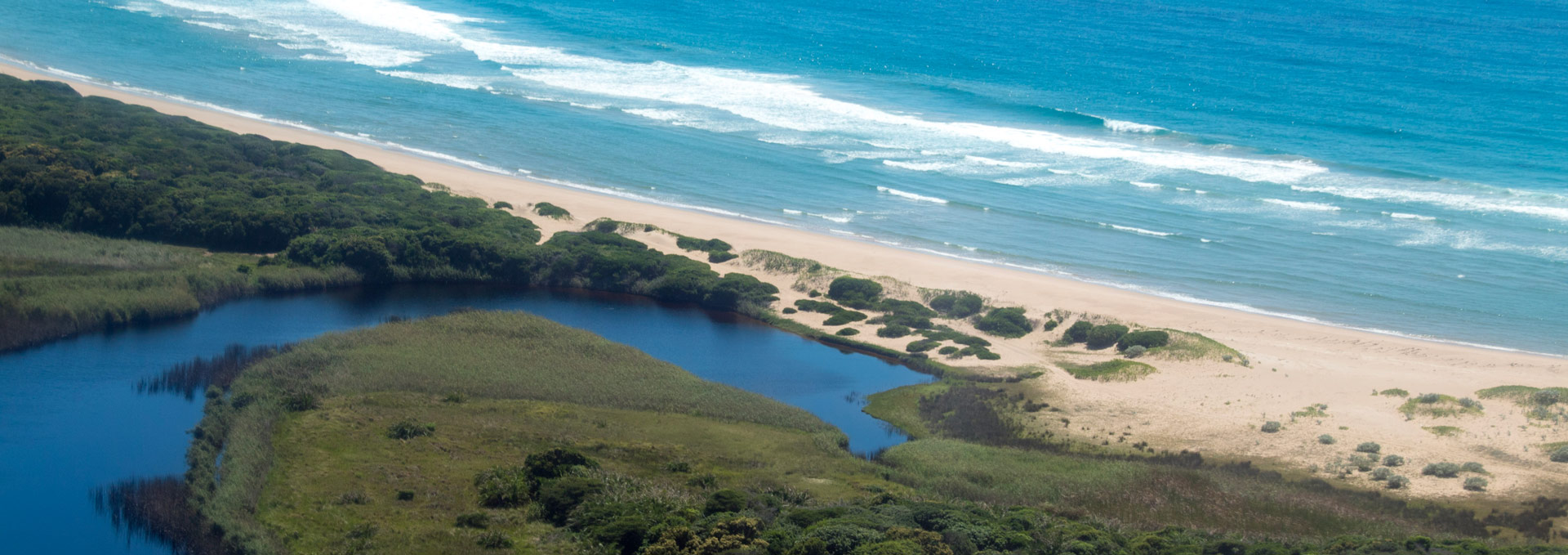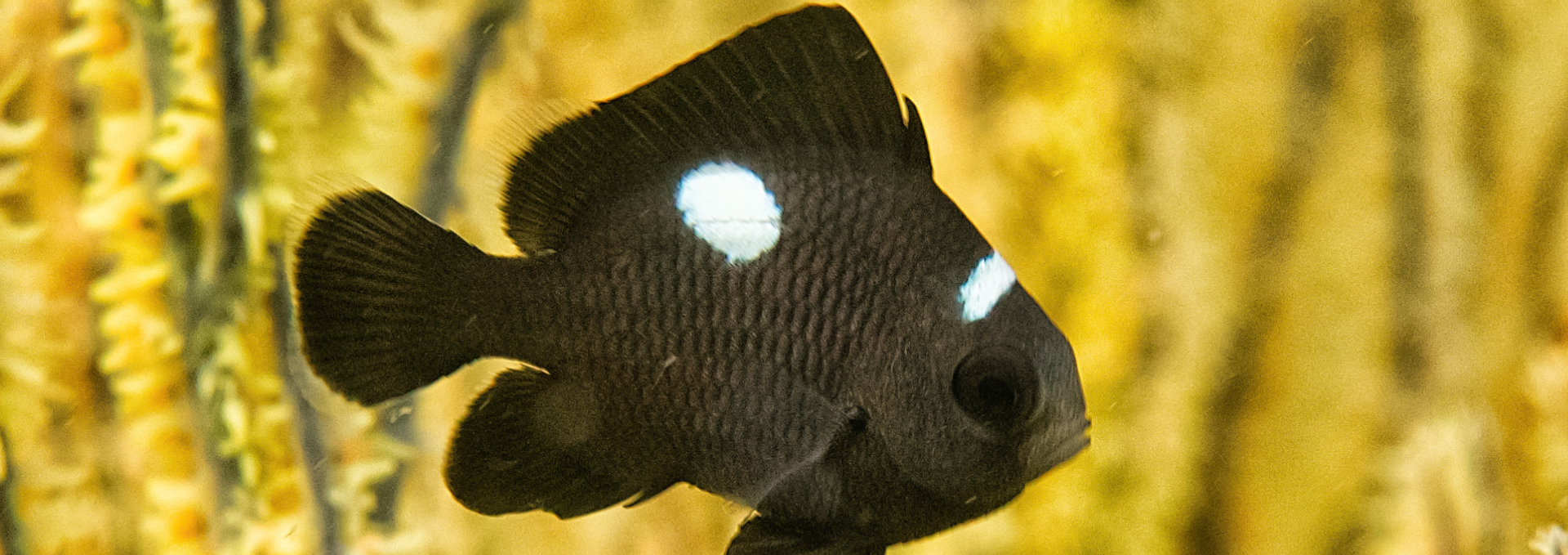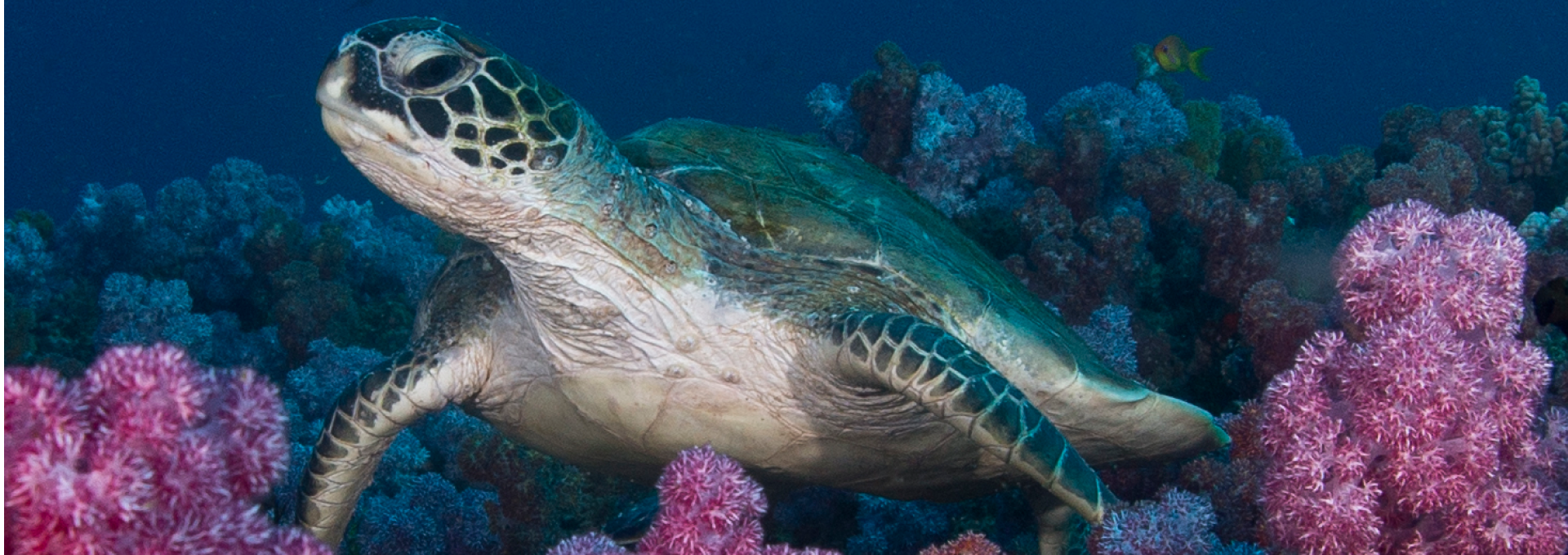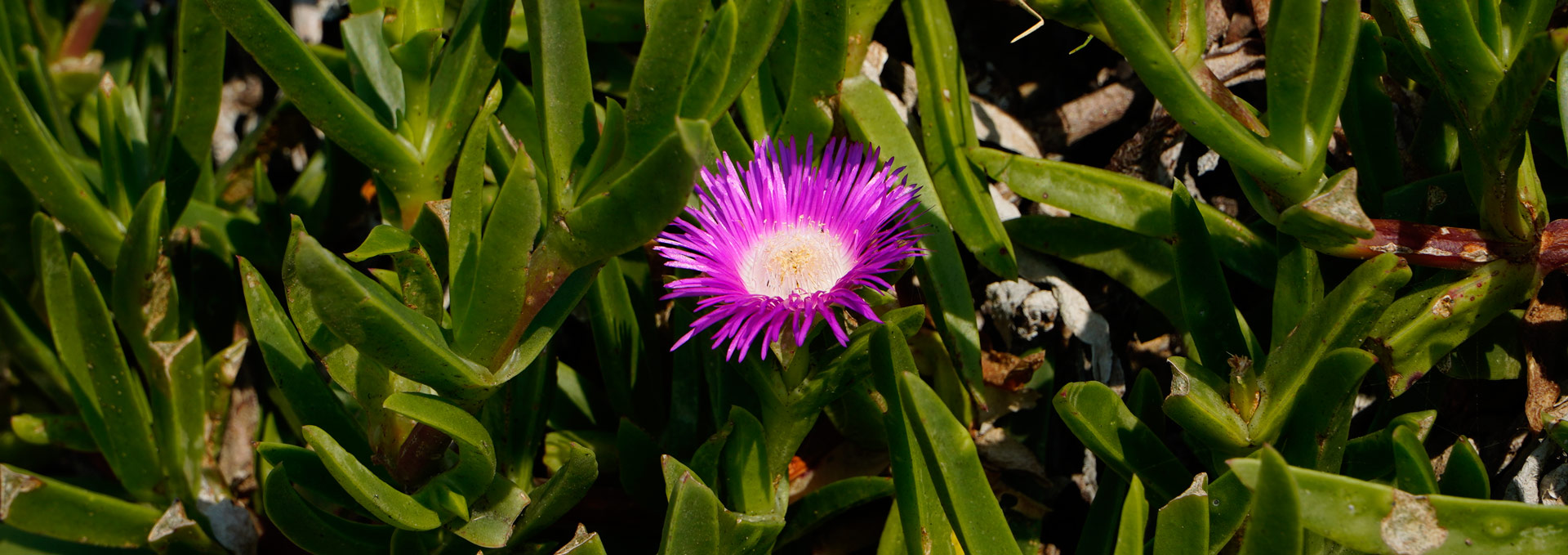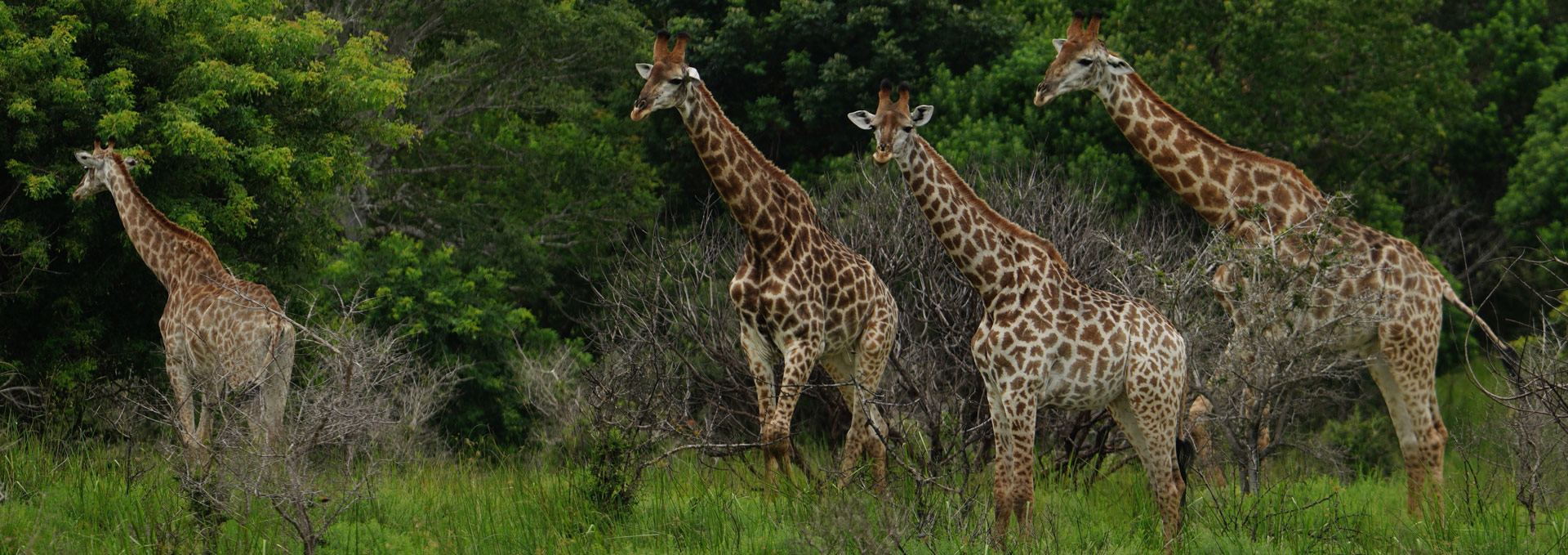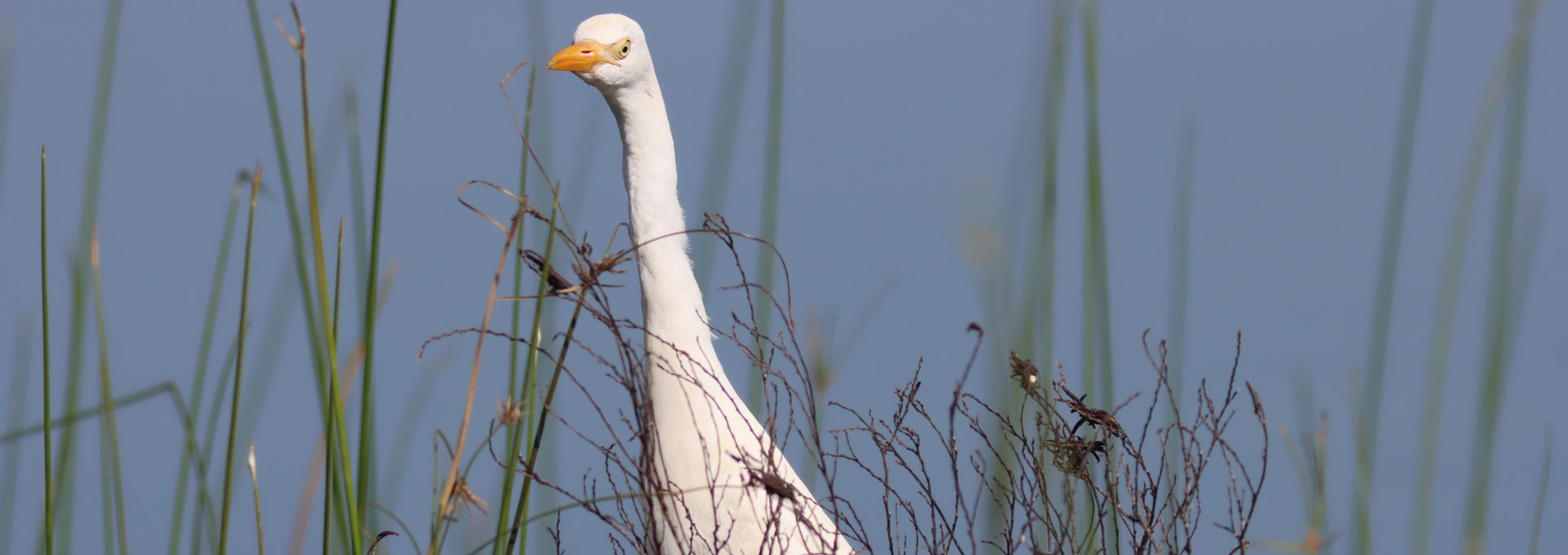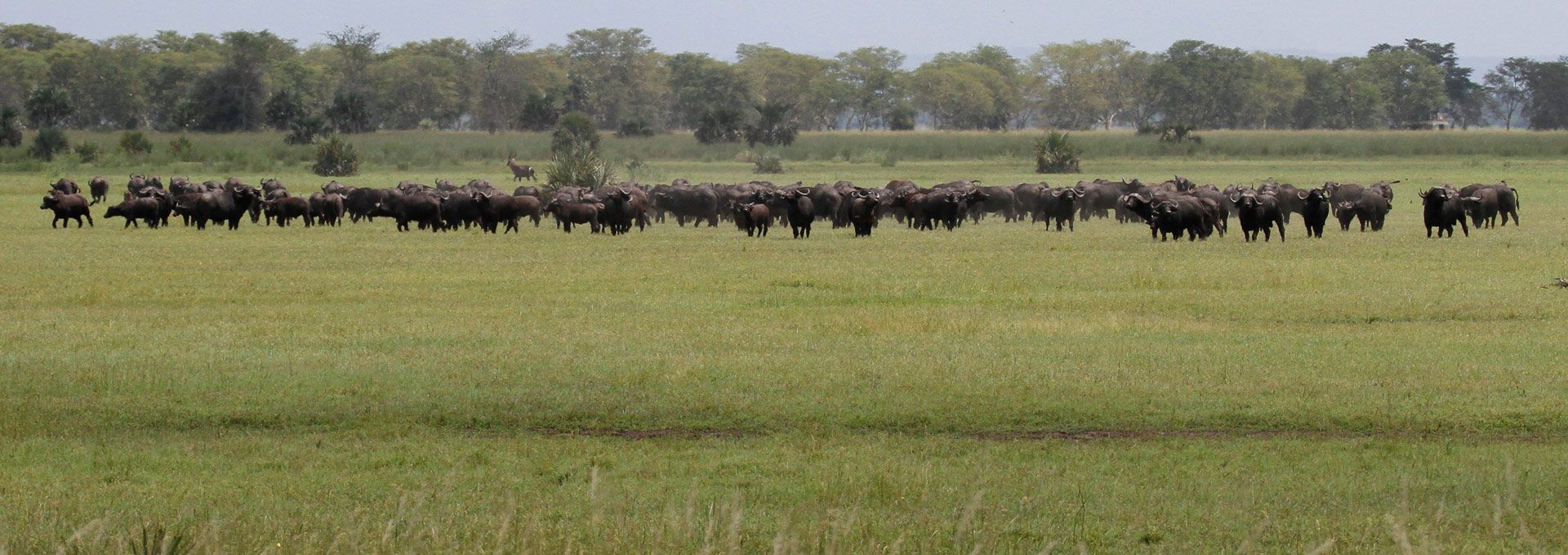Updated at 14/03/2024

+6000
PLANT SPECIES

726
BIRD SPECIES

171
REPTILE SPECIES

85
AMPHIBIAN SPECIES
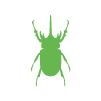
3075
INSECT SPECIES
Mozambique is rich in natural resources and biodiversity, which are vital pillars for the country’s development. About 80% of the Mozambican population depends on biodiversity and ecosystem services for their livelihoods, relying on these resources to ensure their social, environmental, and economic well-being. However, the ongoing overexploitation of biodiversity and habitat loss, accelerated by development projects, shifting agriculture, pollution, along with the introduction of exotic species and the effects of climate change, have led to the degradation of the country’s species, habitats, and unique ecosystems.
Mozambique boasts a rich diversity of ecosystems and species, with around 162 ecosystems and over 4,000 species of fauna and 6,300 species of native and/or naturalized plants. Among these, approximately 300 plant species are on the IUCN Red List, and 22% are endemic. Terrestrial fauna includes about 904 bird species, 176 reptile species, 90 amphibian species (of which 28 are endemic), and 3,075 insect species. Of the 162 ecosystems, 87 are threatened (critically endangered-CR, endangered-EN, and vulnerable-VU) according to the Red List of Ecosystems, and over 450 species are threatened according to the Red List of Species.
Currently, the country currently has 30 Key Biodiversity Areas (KBAs) that have been identified and delineated, covering a total area of about 139,977.95 km2, of which 87% are terrestrial KBAs, covering approximately 134,050.06 km2, and 13% in the marine environment occupying 5,927.89 km2. Terrestrial KBAs occupy 10% of Mozambique’s continental territory, and marine KBAs occupy 1% of the country’s Exclusive Economic Zone (EEZ).
- 67 fauna species were assessed, of which 52% are at risk of extinction (26.9% EN, 14.9% VU, 10.5% CR), necessitating conservation initiatives to reverse this trend;
- About 38 species of herpetofauna (amphibians and reptiles) were assessed, with 80% of amphibians being threatened (EN) and 48% of reptiles falling into one of the threat categories (18% CR, 18% EN, and 12% VU).
- The mapping of Mozambique’s historical ecosystems has been completed, including the first mapping of the Red List of terrestrial ecosystems in Mozambique;
- The government is integrating KBAs, the Red List of species and ecosystems into its legal framework, integrating KBAs into the National Territorial Development Plan, as well as the Marine Spatial Plan, as areas to be preserved;
- Guidelines on “Business and KBAs: Managing Biodiversity Risks” have been translated into Portuguese. These identify environmental best practices that development projects should follow when implemented in or around KBAs.
The coastline, stretching about 2,770 km, is characterized by a diversity of habitats including sandy beaches, coastal dunes, estuaries, bays, terrestrial forests, mangroves, seagrass beds, and coral reefs.
Forest ecosystems, consisting of native forests and woodlands, cover about 43% of Mozambique’s total territory, of which 67% are semi-deciduous forests, 20% are evergreen forests, mangrove forests make up about 1%, and other forest types account for 12% of forest habitats. These forest types harbor a vast diversity of fauna and flora and form unique landscapes.
New terrestrial and marine species continue to be discovered in Mozambique, with discoveries including bats, birds, reptiles, amphibians, mammals, slugs, and macroalgae.
The government has created a biodiversity information platform for Mozambique, where all information about our biodiversity can be found (SIBMOZ).
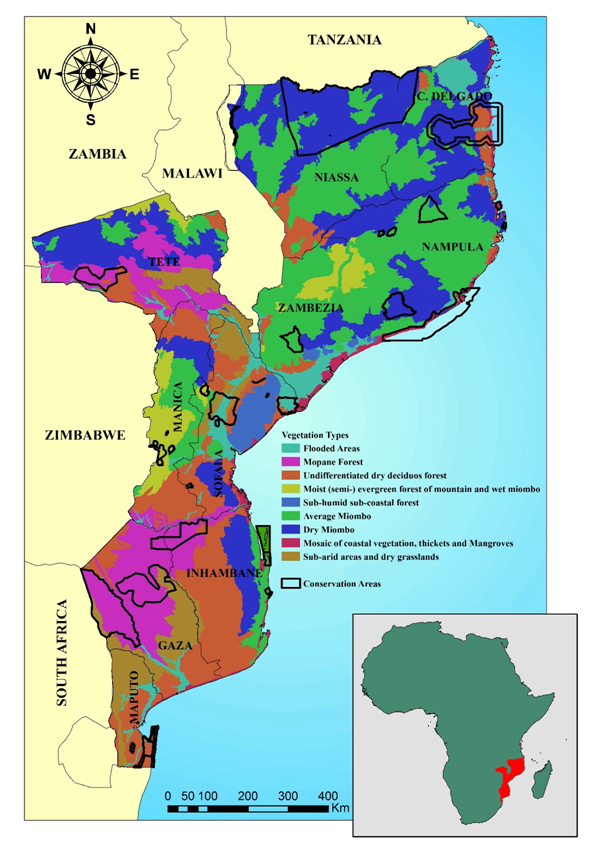
“Look deep into nature, and then you will understand everything better.”
Albert Einstein

